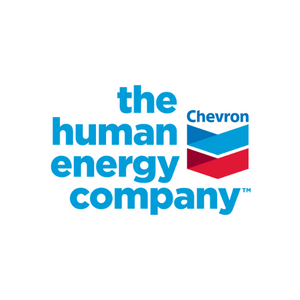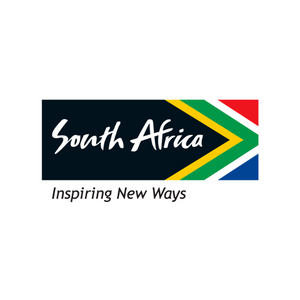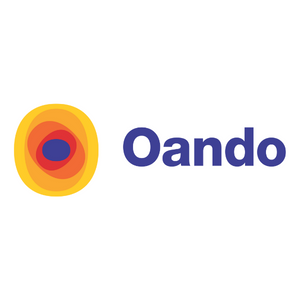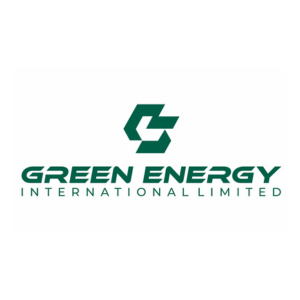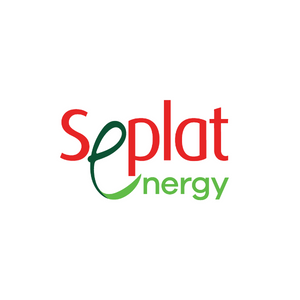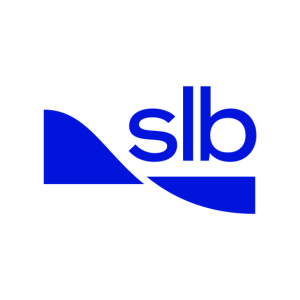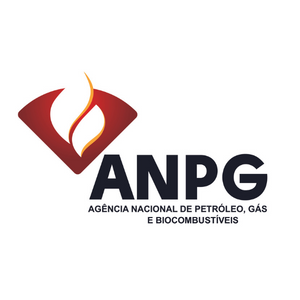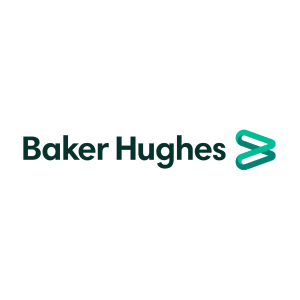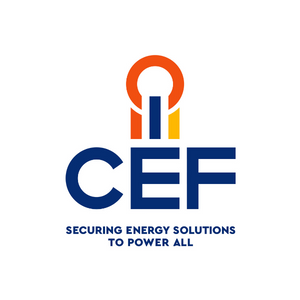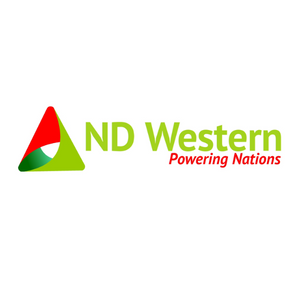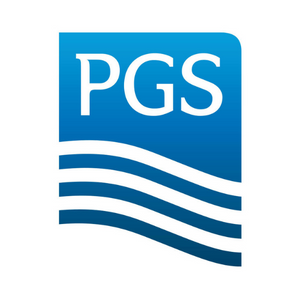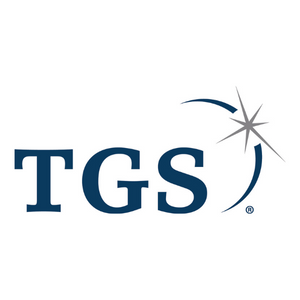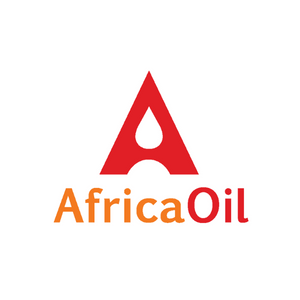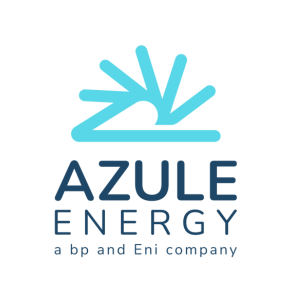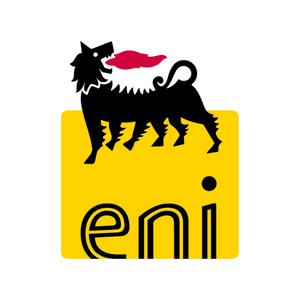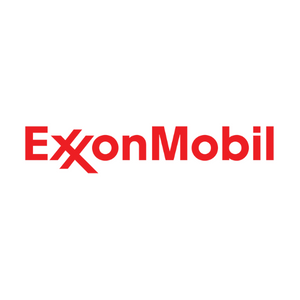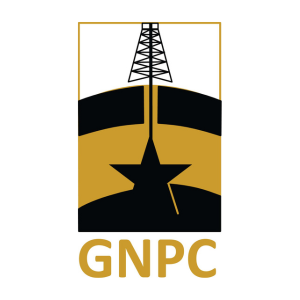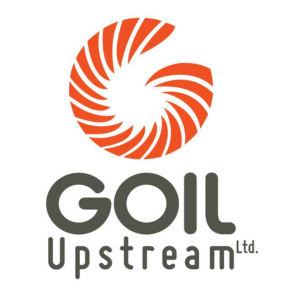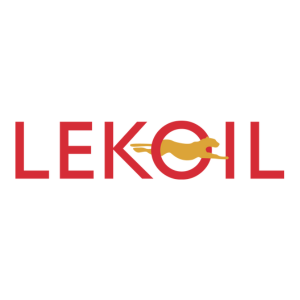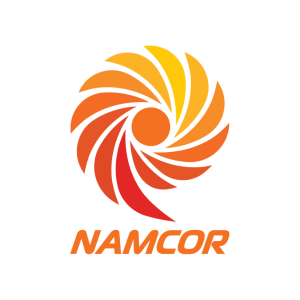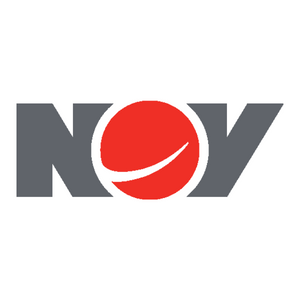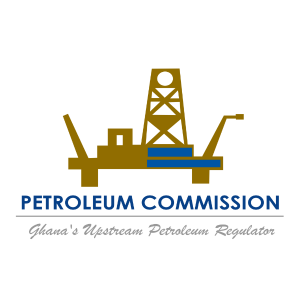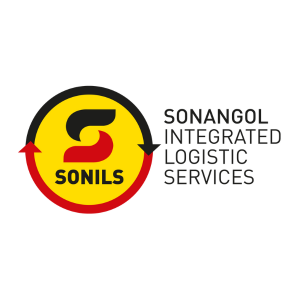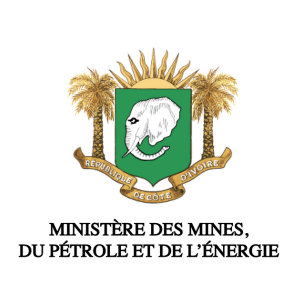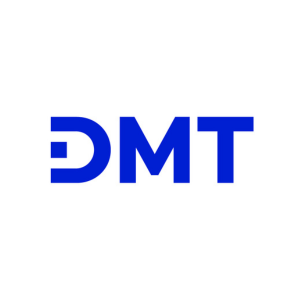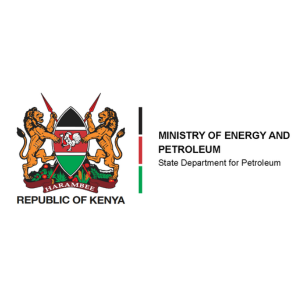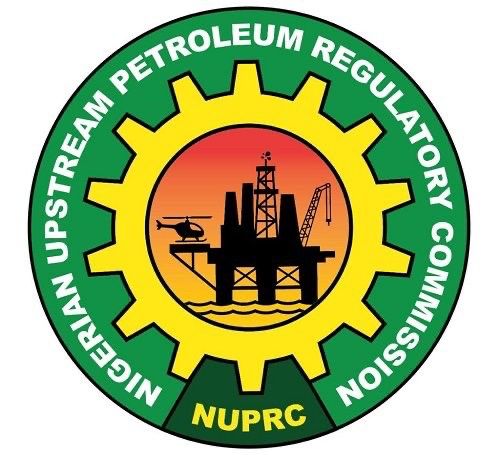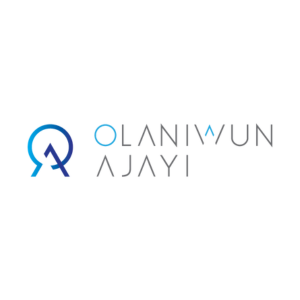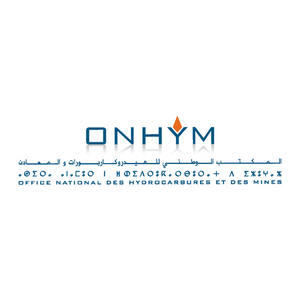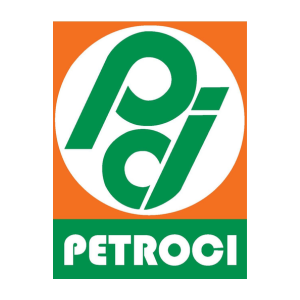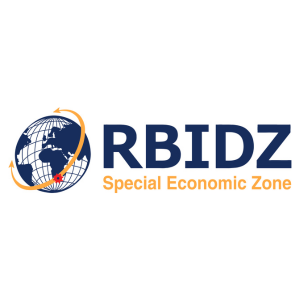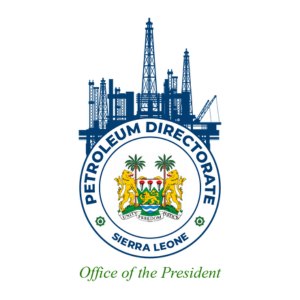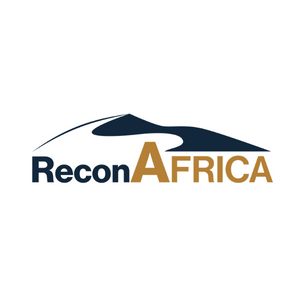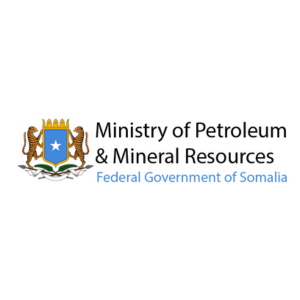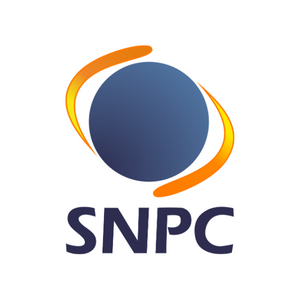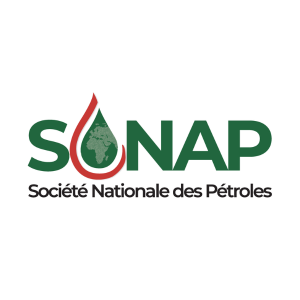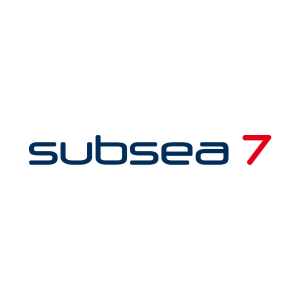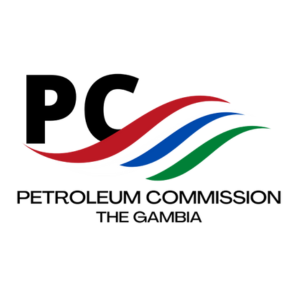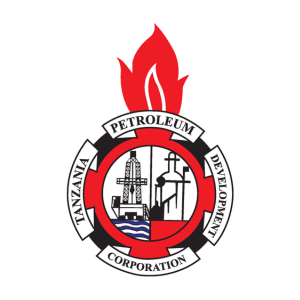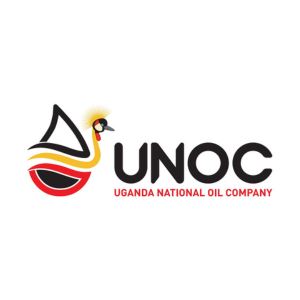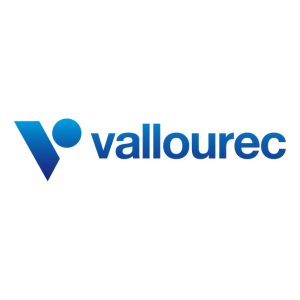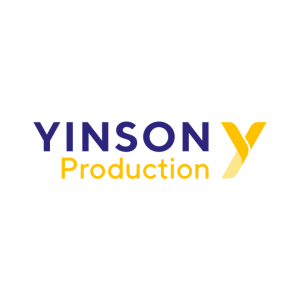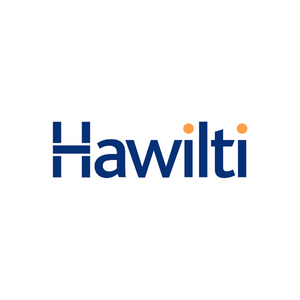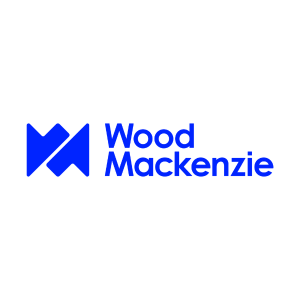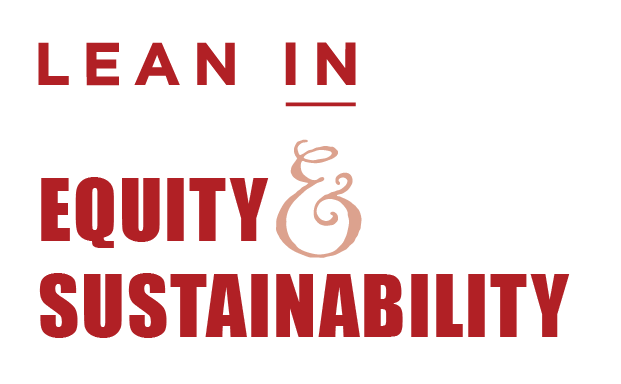The Republic of Congo is the fourth largest Sub-Saharan producer of oil
The Republic of Congo is the fourth largest Sub-Saharan producer of oil, with an output of 277,000 bopd in 2015. Its proven oil reserves amounted to 1.6 billion barrels in 2015, with a reserves-to-production ratio of 15.8 per cent.
The prospects for the nation are improving largely thanks to Total E&P Congo’s Moho Nord project. The USD 10-billion Moho Nord project, the largest oil project in the country’s history, was launched in 2013 and has the potential to increase Congo’s production by 50 per cent to a total of 140,000 bopd. Targeted reservoirs amount to 700 million boe.
After becoming a significant oil producer in the mid-1970s, Congo (Brazzaville) is now the fourth largest in sub-Saharan Africa. Most of the fields in current production are in coastal waters. The average quality of oil output has improved over the years, aided by the coming on-stream of Elf’s deep-water Nkossa field. The bulk of oil production is exported.
Total started up production from the Moho Nord deep offshore project, located 75 kilometres offshore Pointe-Noire in the Republic of the Congo, early last year. Operated by the group, the project has a production capacity of 100,000 barrels of oil equivalent per day. “Moho Nord is the biggest oil development to date in the Republic of the Congo,” Arnaud Breuillac, president, exploration and production at Total, said. “A showcase for Total’s deep offshore operational excellence, it consolidates our leading position in Africa. Moho Nord will contribute to the reinforcement of the cash flow of the group and to its production growth.”
The Moho Nord field is developed through 34 wells tied back to a new tension leg platform, the first for Total in Africa, and to Likouf, a new floating production unit. The oil is processed on Likouf and then exported by pipeline to the Djeno onshore terminal, also operated by Total.
The facilities are designed to minimise their environmental footprint. There will be no routine flaring and the all-electric design improves energy efficiency by optimising the amount of power needed to run the installations. All the produced water will be reinjected into the reservoir. Total is the operator of the project with a 53.5 per cent interest. Its partners are Chevron Overseas (Congo) Limited (31.5 per cent) and Société Nationale des Pétroles du Congo (15 per cent).
But exploration and production in the nation is not only the domain of the oil and gas majors, the independents play a key role in developing the resources. One such company is Anglo African Oil & Gas (AAOG) who made a significant step in its exploration in the Republic of Congo when it spudded the TLP-103 well on the Tilapia oil field in mid-August. David Sefton, executive chairman at AAOG explained that unlike the larger Democratic of Congo to the south, the Republic of Congo is a good place to work. “It is the old French Congo, now the Republic of Congo, is just to the north of the Democratic Republic of Congo,” Sefton, commented. “It's only about five million people in a country the size of France. It is stable, decent croissants in the mornings, very French. Sometimes it's called Congo B, Brazzaville where Congo K, Kinshasa, the south side of the river is a little more challenging place.
“It's the oldest producing country in West Africa, so they have been going for a long time there. Currently dominated by, as you might expect, the French oil companies. Total is the biggest in that country. It has huge investments there. ENI, number two. It's the same kind of gulf that runs all the way up the coast of Cote'd Ivoire and, Nigeria.”
AAOG expect the Tilapia well to be drilled to an intended total depth of 2,700 metres with completion expected later this year. The well targets multiple horizons including the shallow R1/R2 sands that are already producing at Tilapia; an undeveloped discovery in the lower Mengo sands; and a deeper exploration prospect in the Djeno interval from which the adjacent Minsala field produces at a rate of 5,000 bopd. Depending on results from these three horizons, the well may also be extended down to test the Vanji Horizon.
The prospects for the nation are improving largely thanks to Total E&P Congo’s Moho Nord project. The USD 10-billion Moho Nord project, the largest oil project in the country’s history, was launched in 2013 and has the potential to increase Congo’s production by 50 per cent to a total of 140,000 bopd. Targeted reservoirs amount to 700 million boe.
After becoming a significant oil producer in the mid-1970s, Congo (Brazzaville) is now the fourth largest in sub-Saharan Africa. Most of the fields in current production are in coastal waters. The average quality of oil output has improved over the years, aided by the coming on-stream of Elf’s deep-water Nkossa field. The bulk of oil production is exported.
Total started up production from the Moho Nord deep offshore project, located 75 kilometres offshore Pointe-Noire in the Republic of the Congo, early last year. Operated by the group, the project has a production capacity of 100,000 barrels of oil equivalent per day. “Moho Nord is the biggest oil development to date in the Republic of the Congo,” Arnaud Breuillac, president, exploration and production at Total, said. “A showcase for Total’s deep offshore operational excellence, it consolidates our leading position in Africa. Moho Nord will contribute to the reinforcement of the cash flow of the group and to its production growth.”
The Moho Nord field is developed through 34 wells tied back to a new tension leg platform, the first for Total in Africa, and to Likouf, a new floating production unit. The oil is processed on Likouf and then exported by pipeline to the Djeno onshore terminal, also operated by Total.
The facilities are designed to minimise their environmental footprint. There will be no routine flaring and the all-electric design improves energy efficiency by optimising the amount of power needed to run the installations. All the produced water will be reinjected into the reservoir. Total is the operator of the project with a 53.5 per cent interest. Its partners are Chevron Overseas (Congo) Limited (31.5 per cent) and Société Nationale des Pétroles du Congo (15 per cent).
But exploration and production in the nation is not only the domain of the oil and gas majors, the independents play a key role in developing the resources. One such company is Anglo African Oil & Gas (AAOG) who made a significant step in its exploration in the Republic of Congo when it spudded the TLP-103 well on the Tilapia oil field in mid-August. David Sefton, executive chairman at AAOG explained that unlike the larger Democratic of Congo to the south, the Republic of Congo is a good place to work. “It is the old French Congo, now the Republic of Congo, is just to the north of the Democratic Republic of Congo,” Sefton, commented. “It's only about five million people in a country the size of France. It is stable, decent croissants in the mornings, very French. Sometimes it's called Congo B, Brazzaville where Congo K, Kinshasa, the south side of the river is a little more challenging place.
“It's the oldest producing country in West Africa, so they have been going for a long time there. Currently dominated by, as you might expect, the French oil companies. Total is the biggest in that country. It has huge investments there. ENI, number two. It's the same kind of gulf that runs all the way up the coast of Cote'd Ivoire and, Nigeria.”
AAOG expect the Tilapia well to be drilled to an intended total depth of 2,700 metres with completion expected later this year. The well targets multiple horizons including the shallow R1/R2 sands that are already producing at Tilapia; an undeveloped discovery in the lower Mengo sands; and a deeper exploration prospect in the Djeno interval from which the adjacent Minsala field produces at a rate of 5,000 bopd. Depending on results from these three horizons, the well may also be extended down to test the Vanji Horizon.

